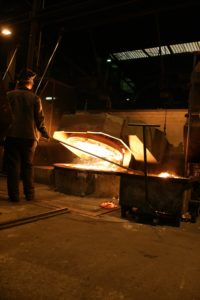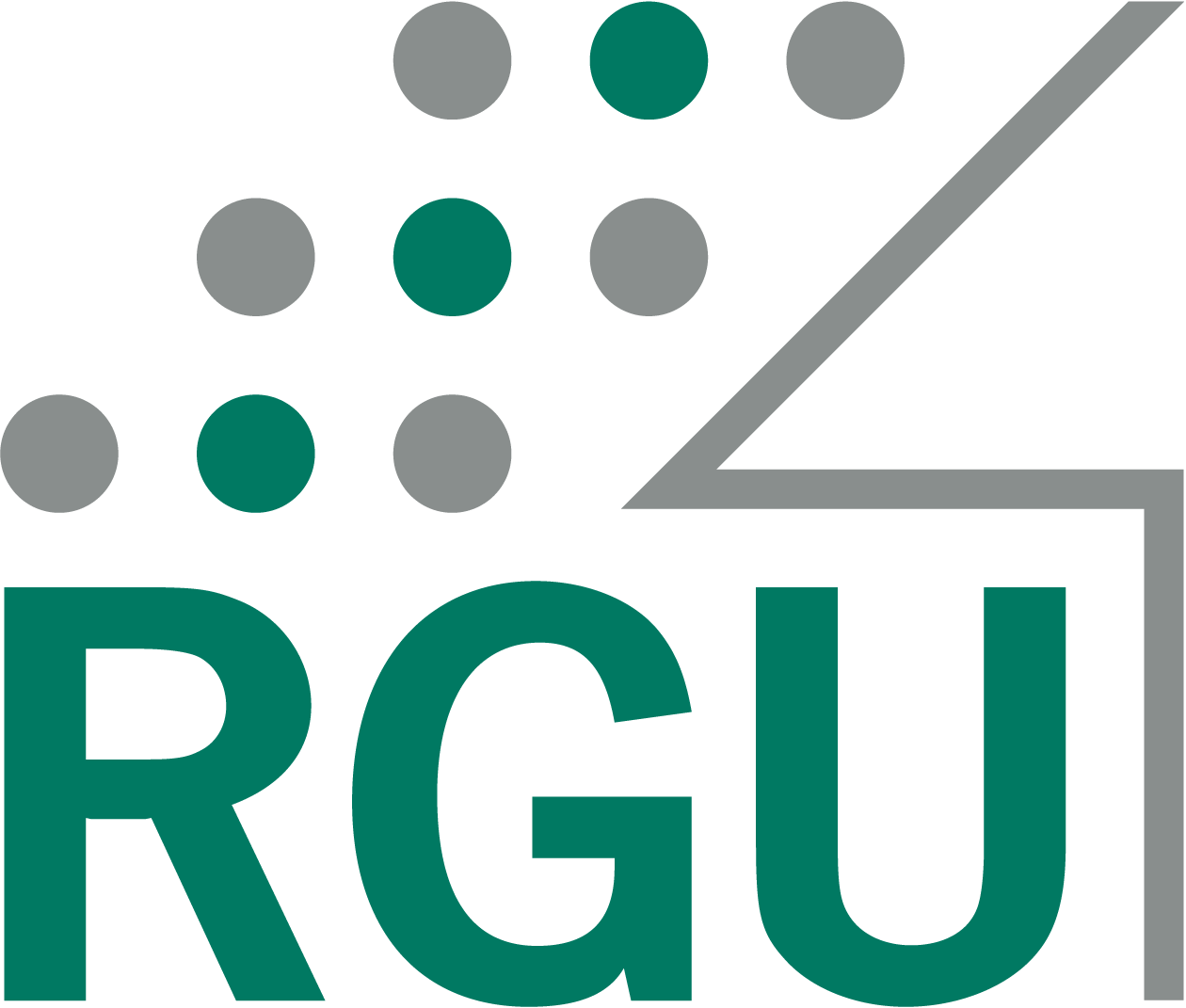The Project
Steelworks W. Ossenberg & Cie. GmbH
 Before deploying FRP.melt, the “ks-schmelze” – DOS software from ADVSchulte GmbH had served them very well for many years. Changes to the company’s IT infrastructure and the wish for more extensive functions, such as support for the smelters working at the furnace, connections to analysis devices and, so far lacking, the ability to carry out significant evaluations, were just some of the reasons behind looking for a replacement.
Before deploying FRP.melt, the “ks-schmelze” – DOS software from ADVSchulte GmbH had served them very well for many years. Changes to the company’s IT infrastructure and the wish for more extensive functions, such as support for the smelters working at the furnace, connections to analysis devices and, so far lacking, the ability to carry out significant evaluations, were just some of the reasons behind looking for a replacement.
As RGU GmbH had taken over the ks schmelze software from ADV Schulte GmbH in the year 2010, the managing director of Ossenberg, Mr. Kai Maschmeier’s first step was to approach RGU. After a development phase of just over a year the first fully functioning prototype was ready. This was implemented completely within the RGU.FRP system environment, a market leading PPC – FRP system dedicated to foundries. “I was impressed by how far even the standard software covered our requirements. It was important for us to keep the implementation time and development costs for special features as low as possible.
This seemed to be the case at that point”; Mr Maschmeier says as he looks back at his decision to start the pilot project. After a detailing workshop at the beginning of 2012, in March they decided to carry out the pilot project with the system from the Dortmund foundry specialists. The project was carried out in an implementation phase lasting just 4 months. The aim was not just to transfer and visualize the scope of functions from the legacy system, but to enhance them with a reasonable amount of additional functions. All the material and target analyses from the legacy system were migrated and extended with relevant information. The RGU solution considers the liquid melt as an independent product. All the information is stored in a central materials database and every melt is given its own ident number. This makes it possible to link the appropriate inspection plan number and relevant target analyses with the materials database.
All of the data connected to the material is processed in one program. “We also attached great importance to the fact that the software is able to support us in our commercial processes. We now have a tool which enables us to run through a range of very different scenarios”, says Mr Maschmeier about FRP.melt simulation capabilities. Another highlight for Mr Remmel, head of smelting operations, is the help it provides for the smelters working directly at the furnaces. The melt report documents the complete process of the melt procedure, from the beginning of the melt, taking samples and the automatic inclusion of spectrometer values from the preliminary and final samples, through to recording all the material quantities and energy consumption.
“For the recharging, I am only shown the materials which are required and the right quantities are worked out at the touch of a button”, Mr Remmel explains. “Other calculation possibilities are also provided in case we have to work out casting quantities for dilutions or even if the material has to be changed during an ongoing process.” Last but not least, there are a whole range of evaluation possibilities available for the users. In addition to the standard evaluations, such as for materials or material consumption, the user can also access the open database with their own tools. Ossenberg makes full use of this option and evaluates data with their own tools which is then used to produce their test certificates.
Mr Maschmeier concludes by stating: “The scope of functions in FRP.melt goes well beyond the level which we needed. An additional requirement of ours was actually to limit the scope to a level suitable for us. For example company specific functions from the legacy system were configured so they could be implemented without leaving the program standard. The focus is on the users, who are given suitable support for their often complex tasks. We now have a solution at work which not only fulfills our needs today but one that is well-equipped to fulfill our future requirements as well.“
About W. Ossenberg & Cie. GmbH
 Founded in 1907, the Edelstahlwerk W.Ossenberg & Cie. GmbH has its headquarters in Altena and is the smallest integrated steelworks in Germany. The company specializes in steel for cold, hot and high-speed work as well as stainless, acid and heat-proof steels. Smelting is also carried out according to special and individual customer analyses with a melt capacity of 2.5 t. In the field of job forging, Ossenberg processes everything from alloyed titanium to super-alloyed nickel-based material, including alloys based on silver, copper, cobalt, niobium and tantalum. Their customers are to be found in all industrial sectors and include companies from the automotive and aerospace industries, agricultural equipment and commercial vehicle sectors as well as the tool making and medical products industries.
Founded in 1907, the Edelstahlwerk W.Ossenberg & Cie. GmbH has its headquarters in Altena and is the smallest integrated steelworks in Germany. The company specializes in steel for cold, hot and high-speed work as well as stainless, acid and heat-proof steels. Smelting is also carried out according to special and individual customer analyses with a melt capacity of 2.5 t. In the field of job forging, Ossenberg processes everything from alloyed titanium to super-alloyed nickel-based material, including alloys based on silver, copper, cobalt, niobium and tantalum. Their customers are to be found in all industrial sectors and include companies from the automotive and aerospace industries, agricultural equipment and commercial vehicle sectors as well as the tool making and medical products industries.
